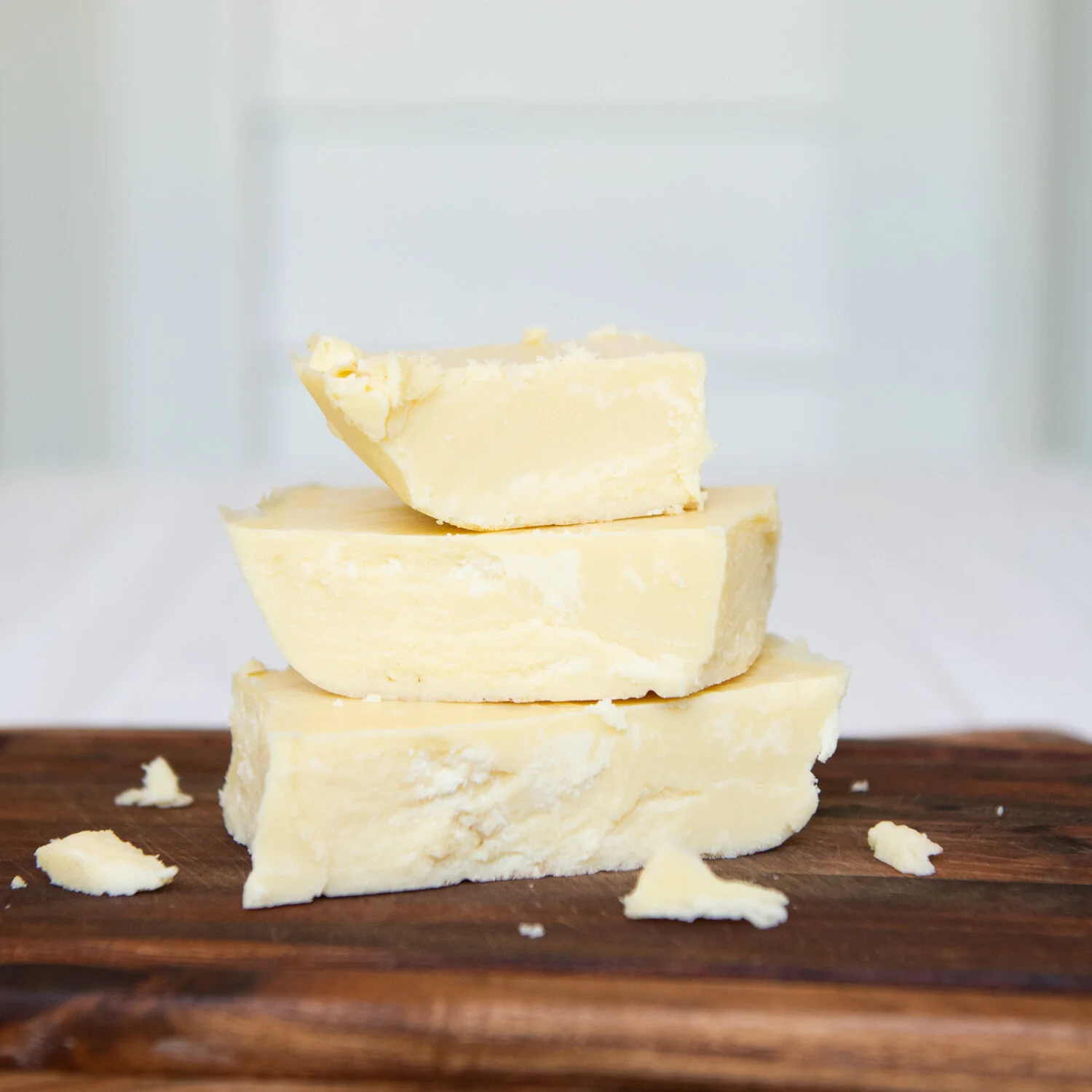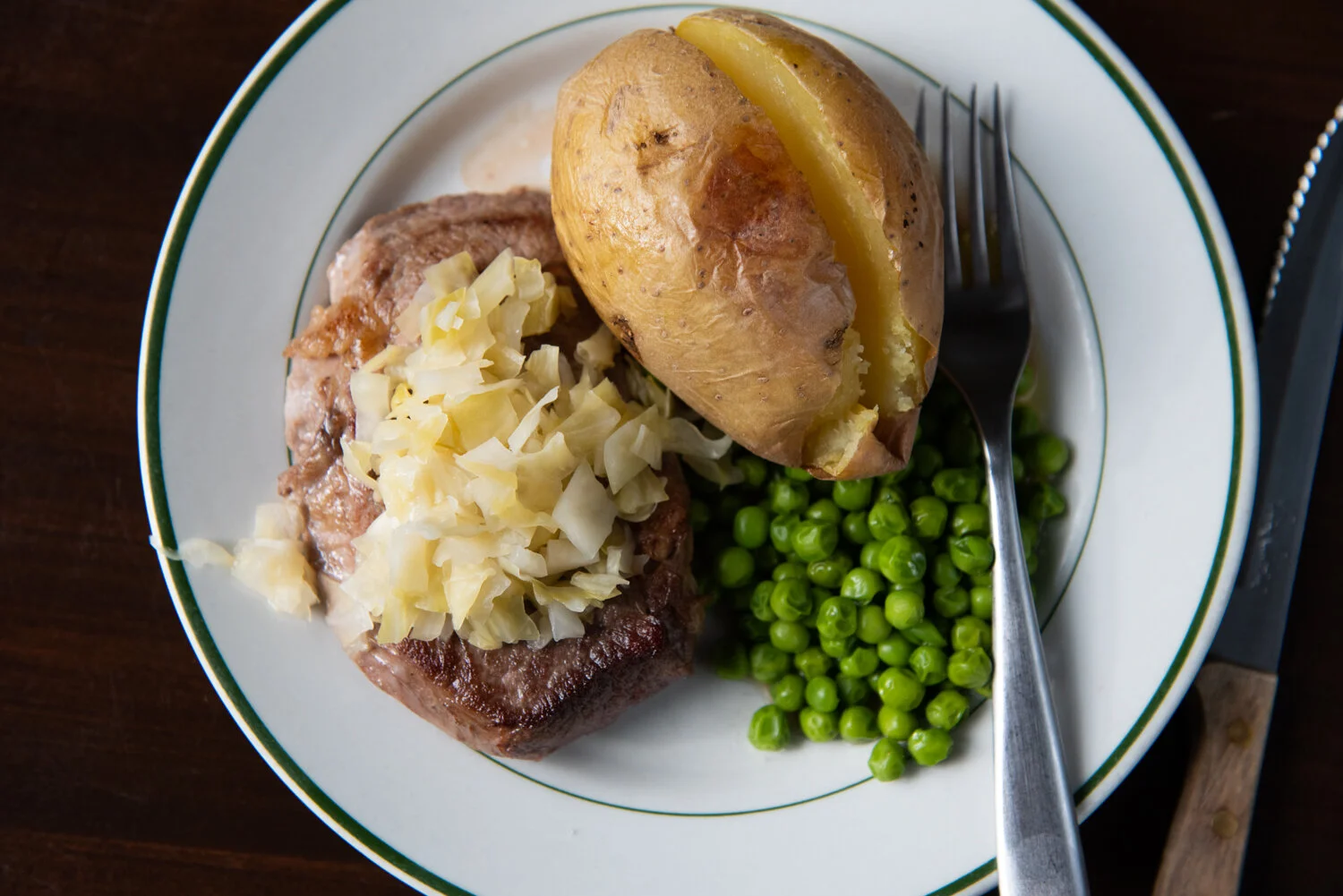How to Make Beef Stock
Disclaimer: This post contains affiliate links through which we earn commission.
Due to the way that the modern-day food system is set up, eating a whole food diet can get to be pretty expensive. But soup is an age old way to get meals into your weekly routine that are packed with flavor as well as nourishing vitamins, minerals, fats and proteins, at a very affordable price. While making stock requires preparation and several hours of patience, the overall process takes minimal cooking effort. The most time consuming part is the clean up.
I've been making beef stock for about 5 years, with a more or less self-taught approach. But I learned a lot while working on this blog post and video. Cooking really is a life long learning process, and there's always room for improvement and experimentation! With my video, you can see the process I've been following for several years to make beef stock. But I'm also going to mention some tricks that I read about in my research that I'll be testing out in the future.
Broth, Stock or Bone Broth?
First, I've learned recently that there are differences between broth, stock and bone broth. The biggest difference is that broth and stock are simmered for a shorter amount of time, at less than 6 hours, while bone broth is often simmered somewhere between 8 - 24 hours. Bone broth usually consists of bones, while broth and stock are a combination of meat and bones. I heard on a Wise Traditions podcast interview titled The "heal your leaky gut" Diet, with nutrition consultant and certified GAPS practitioner Monica Corrado, that bone broth can contain a naturally occurring version of MSG that can be harmful to certain individuals. Generally with good health, a typical body can handle this glutamine, and there are many health benefits to consuming bone broth. But it can be problematic for those with leaky gut who cannot process the glutamine properly. In contrast, because stock is only heated for several hours, the glutamine levels are lower, and the food is incredibly healing to the gut. I found this distinction to be very interesting, particularly because despite the massive popularity of bone broth at the moment, I'm not the biggest fan. Rather I love hearty soups full of meat and vegetables. Hopefully this distinction can also help you to determine whether you want a lightly cooked broth or stock, versus a long-cooked bone broth. For more information, head over to the Healthy Home Economist's blog post title Bone Broth and MSG: What You Need to Know Now. Additionally, The Nourished Kitchen has a very helpful blog post titled Bone Broth, Broths and Stocks.
Sourcing Bones
When possible, it's best to source meat, organ meat and soup bones from free-range, grass fed animals. The most cost-effective method is to do some research to find a farmer in your area and buy direct. A helpful resource to get started is Eat Wild. We know someone locally who raises several cattle each year and we purchase a whole steer for approximately $2000 all at once. Yes, it's a very expensive purchase, but it actually saves a lot of money in the long run, as we're able to access the highest quality meat at a discount price per pound, that will last for months in the freezer. In contrast, if we were to purchase the same cuts in weekly increments, we'd be paying much more over the long run. Even if you live in the city, there are often farmers who may live several hours away, who offer delivery services to metropolitan areas. In Virginia, we're very fortunate to have access to Polyface buying clubs.
If you don't have access to free-range, grass fed options, but your local grocery store does have soup bones, it's definitely still worthwhile to use these in your cooking. When we lived in South Africa, I bought soup bones from Woolworths on a regular basis. They were so cheap and could go such a long way in creating robust soups and stews! Another option is to use an online source. I recently learned about US Wellness Meats, which offers meat, organ meat, bones and more from ethically raised animals.
The Other Ingredients
When making a broth, stock or bone broth, unpasteurized apple cider vinegar is essential because it helps draw out the nutrients from the bones. We use this one. Vegetables and seasonings can also be added to the stock, to add to the flavor. Onions, carrots and celery are the three staples when it comes to flavoring broth. Some people like to gather food scraps throughout the week to add to their stock, while others argue that too many vegetables can compromise the rich flavor coming from the bones. I keep it simple and add fresh onions, carrots and celery. I used to always removed the ends and damaged parts of vegetables, as well as the outer layer of onion skins. These would go directly into my compost bin. But I've come to learn that the stems, skins and peels can be added to the pot, which is a great time saver! So I’ll try that in the future.
People who love garlic and / or peppercorns, should definitely consider adding these for flavor. I’m not a fan, so I don’t add these. But I do add Himalayan salt, dried thyme, dried sage and dried ginger. Cuts of fresh ginger are also great to add, if you have them on hand.
The Process
As I mentioned, I learned some new tricks for making bone stock while putting together this blog post and video. I read that it's common practice to roast the bones at 400 F / 200 C for an hour at the beginning of the process. Some people also blanch the bones in boiling water for approximately 20 minutes, prior to roasting the bones. I've never done either of these, and rather have always put the bones directly into a slow cooker for several hours of simmering. I'm going to try the roasting process, as I can see how this would bring out a lot of flavor. Blanching is supposed to remove impurities from the bones, but I could imagine it could potentially remove some flavor and nutrients as well.
The Recipe
Equipment:
Slow cooker or large oven-safe stockpot
Micro-perforated colander and an extra stockpot
Cutting board
Chef knife (I use this one for everything!)
Ingredients:
2 lbs / 1 kg Soup Bones, sourced from free range, grass-fed beef, if possible
1 lb / .5 kg beef liver (optional)
8 - 10 cups / 2 liters of water, approximately
1 onion
3 large or 6 small carrots
3 ribs of celery
2 Bay leaves
3 Tbsp / 45 ml Apple Cider Vinegar
1 tsp / 5 ml Himalayan Salt
1 tsp / 5 ml Dried Thyme
1 tsp / 5 ml Dried Sage
1 tsp / 5 ml Dried Ginger or several pieces of fresh ginger
First, if you wish, you may roast the bones and liver in a pan in the oven at 400 F / 200 C for an hour or until well browned. Next, place the bones, liver, and pan scrapings into a large stockpot or slow cooker. Add water, just to the point that it covers the top of the bones, approximately 8 - 10 cups. Cut the onion into 4 sections. Cut the carrots and celery into pieces 2-inches in length. Add vegetables and all remaining ingredients to the pot or slow cooker. Set the slow cooker to low heat and allow to simmer for 4 - 6 hours. If cooking on the stove top, set to low heat. If cooking in the oven, set to 250 F / 120 C. If you see any foam collecting on the surface, skim this off. You may want to also stir several times throughout the process. After 6 hours, place a colander inside another stockpot. Slowly and carefully pour the contents into the colander. I like to use a ladle for this process, to avoid splashing or spilling. It takes longer, but is safer and less messy. Set aside the contents of the colander to cool. The vegetables can be cut into smaller pieces and added back to the stock if making soup. The meat on the bones should be so tender and delicious. This can be enjoyed on its own with a sprinkle of Himalayan Salt, or can be pulled from the bones and added back to the stock. Store your beef stock in the stockpot if you are planning to use it in the next 1 - 3 days. Otherwise, it can be poured into clean mason jars, leaving about an inch of room from the top. Store in the freezer.
Be sure to check out the video for this post here! And stay tuned for the next blog post and video featuring a recipe for what to do with the stock!
- Christin
Tell us! Do you have a preference for broth, stock or bone broth? And if you try this recipe, please let us know how it goes in the comments below!










